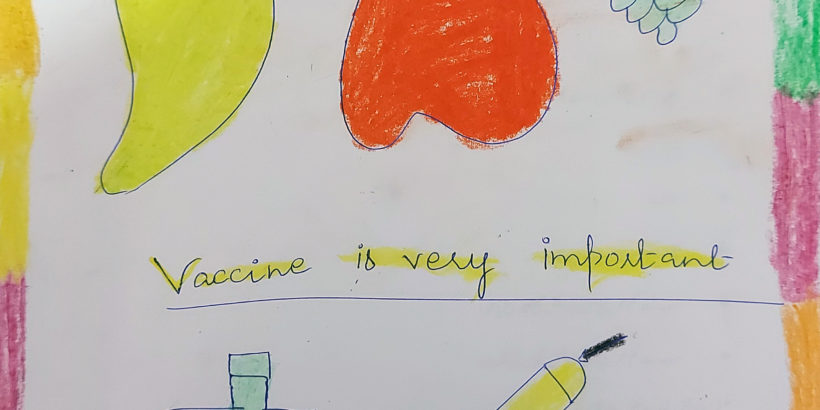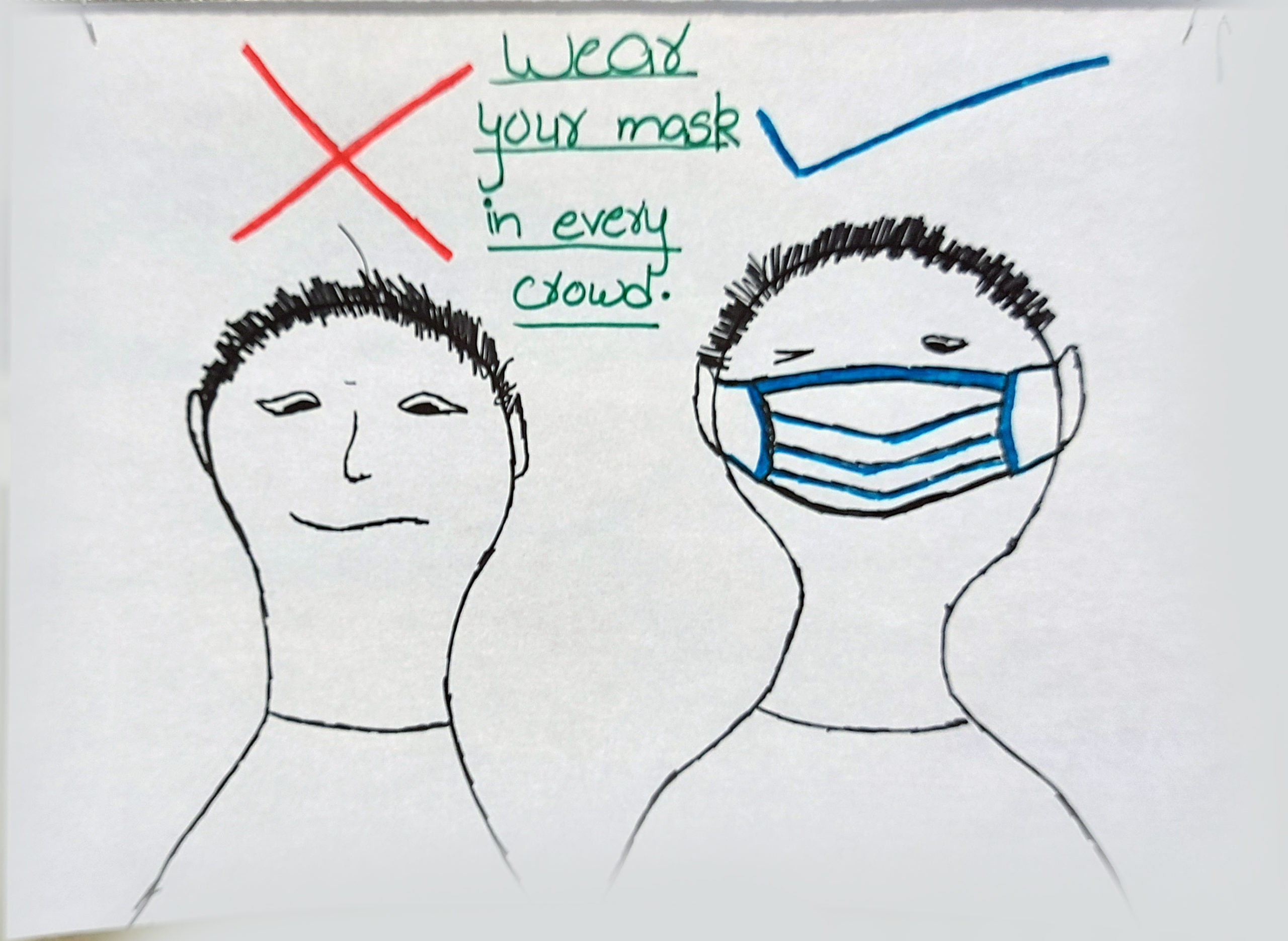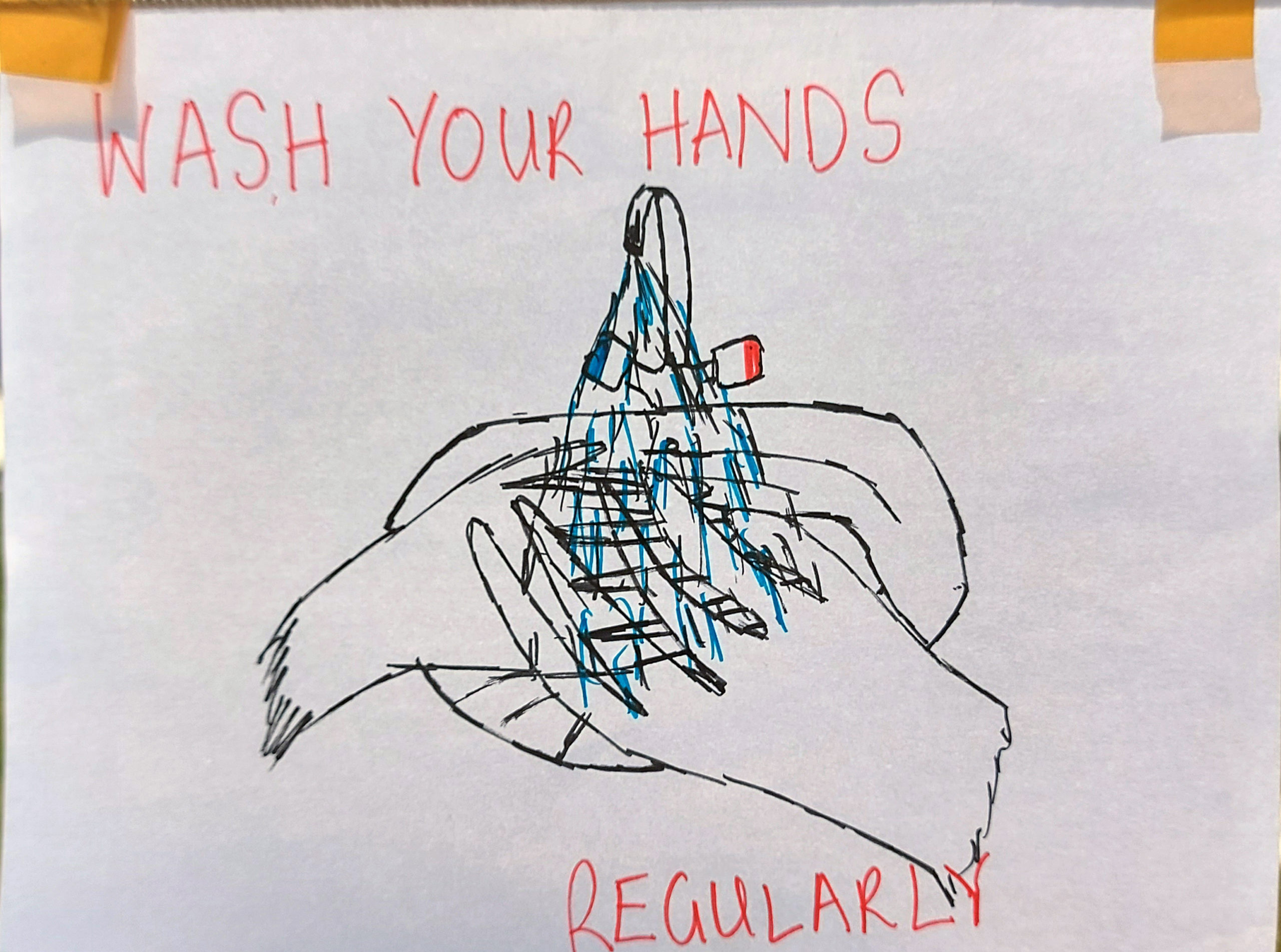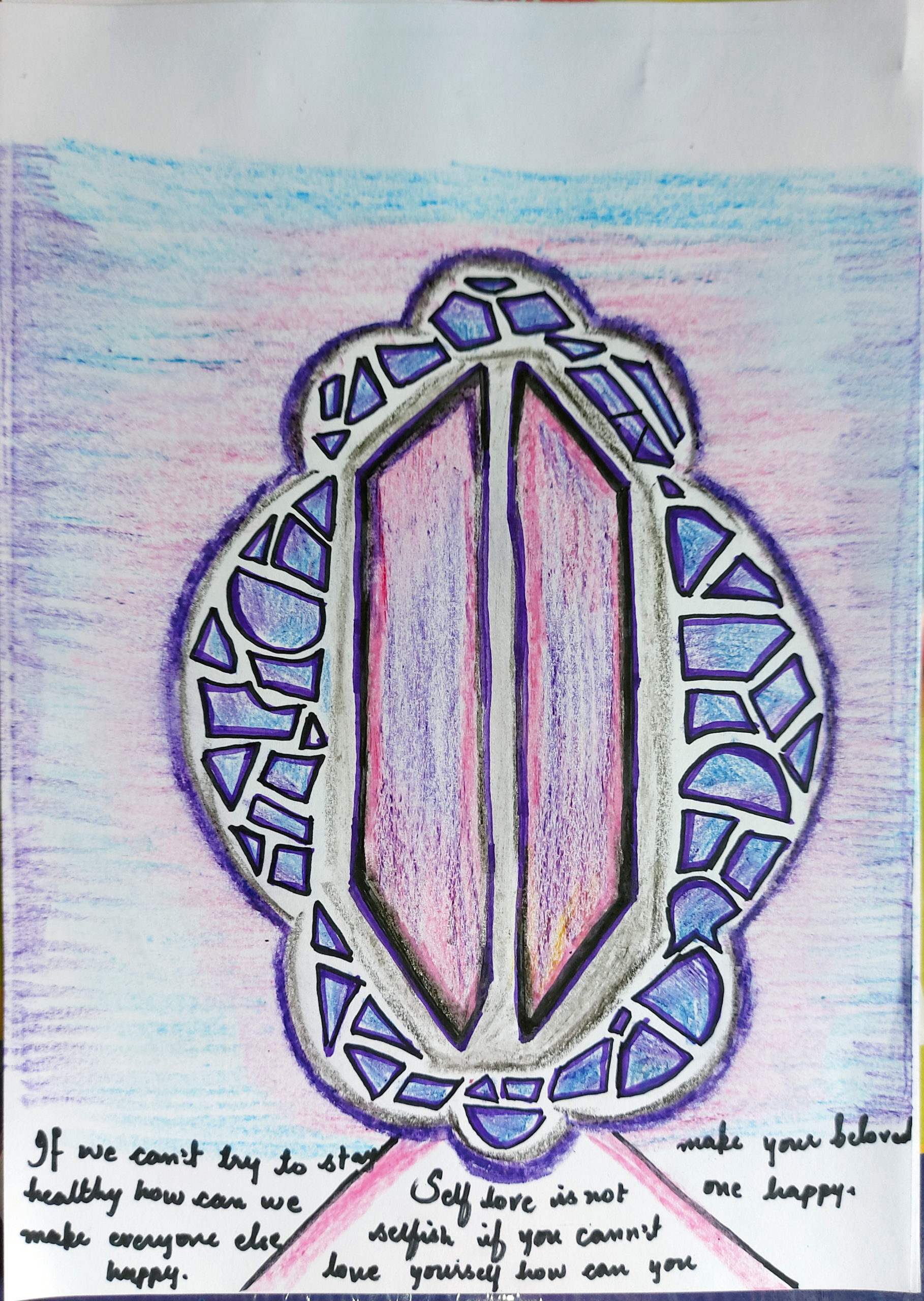The introduction of typhoid conjugate vaccines (TCV) into a national immunization system takes sizeable resources. Teams from various government offices, agencies, and civil society organizations must work together to plan a campaign. Importantly, this planning includes organizing social mobilization activities to motivate individuals and communities to access TCV and participate in the campaign. Activities are specific to the local context, nuanced to provide information and clarity for a specific community or region.
In Pakistan, social mobilization has played a crucial role in reaching nearly 30 million children with TCV. We’re publishing this three-part series about the use of the arts in social mobilization for TCV to highlight how one unique approach interwove art, creativity, and health, to reach local community members in Pakistan.
View examples of the arts created through this mobilization in the slider below:
Too often the stories about vaccines shared through social and other media platforms voice a mistrust of government or medical authorities. Such stories can create or exacerbate existing concerns about vaccines. When this happens, different groups such as health providers, scientists, and community members may struggle to recognise and understand the realities and perceptions of others. Miscommunication and misunderstanding can make it difficult to establish a pathway for communication and trust. However, when we use creative arts, we access different pathways to accept and understand the values of a health program or intervention. For this reason, social mobilization strategies should engage with the public using approachable, arts-based mediums. These mediums help provide evidence-based information and positive narratives about a vaccination program.
The central idea of using resource-oriented, arts-based methodologies in a health context is to enable people to recognise and exert their personal agency. “Agency” refers to the capacity of individuals to act independently and make their own free choices. In this context, “resources” refers to not only to money and materials, but to an individual’s physical, mental, social, and spiritual nature. These “resources” are engaged by an individual to function every day. To be aware of these resources – and to utilize them as and when needed – is a function of agency.
We believed that if communities understood the context of typhoid (causes, risk factors, personal impact, prevention, and health services), they would decide to get their children vaccinated with typhoid conjugate vaccine (TCV). This approach, built on trust and honesty, contrasts a rigid, often clinical, structure that can exacerbate fears and concerns. Such approaches can cause people to feel “forced” to take a vaccine.
The use of participatory arts-based approaches in relation to healthcare promotion, and particularly vaccine hesitancy, is well documented. An arts-based approach not only broadens the perspective of what is understood as “knowledge,” but also creates opportunities for participants to determine their own values. As such, arts-based methodology can contribute to the development of locally and contextually appropriate interventions to elicit social change.
Arts-based methodologies are particularly conducive to exploring and communicating subjective experiences. Such experiences, which can be emotional or cognitive, influence our decision-making rationale. Furthermore, art-making can accommodate people who learn in different ways and those with varying levels of literacy. Integration of the arts with health communication serves to empower individuals who both create and receive messages. It can also reduce hierarchical divisions and tensions.
For the TCV campaigns in Pakistan, we aimed to engage with specific populations, particularly those considered “vulnerable” or “harder to reach.” Our work sought to give them alternative ways to “raise their voice.” By connecting with people in this way, we accessed deeper and broader layers of meaning. This approach provided a greater sense of empowerment and ownership for these communities to make their own choices. In some instances, this also helps to address long-held power relationships within groups.
Engagement in creative activities can foster a process of critical reflection. Community members may learn to see “private troubles as public issues” and encourage community action and change. People may realise that others suffer from, or are at risk of, a particular condition. That they are not alone.
Finally, these methods facilitate personal expression. They bring an opportunity to “negotiate and re-negotiate personal understandings to find their own sense of reality within a collaborative context.”
By creating agency, we empower the communities we serve.















